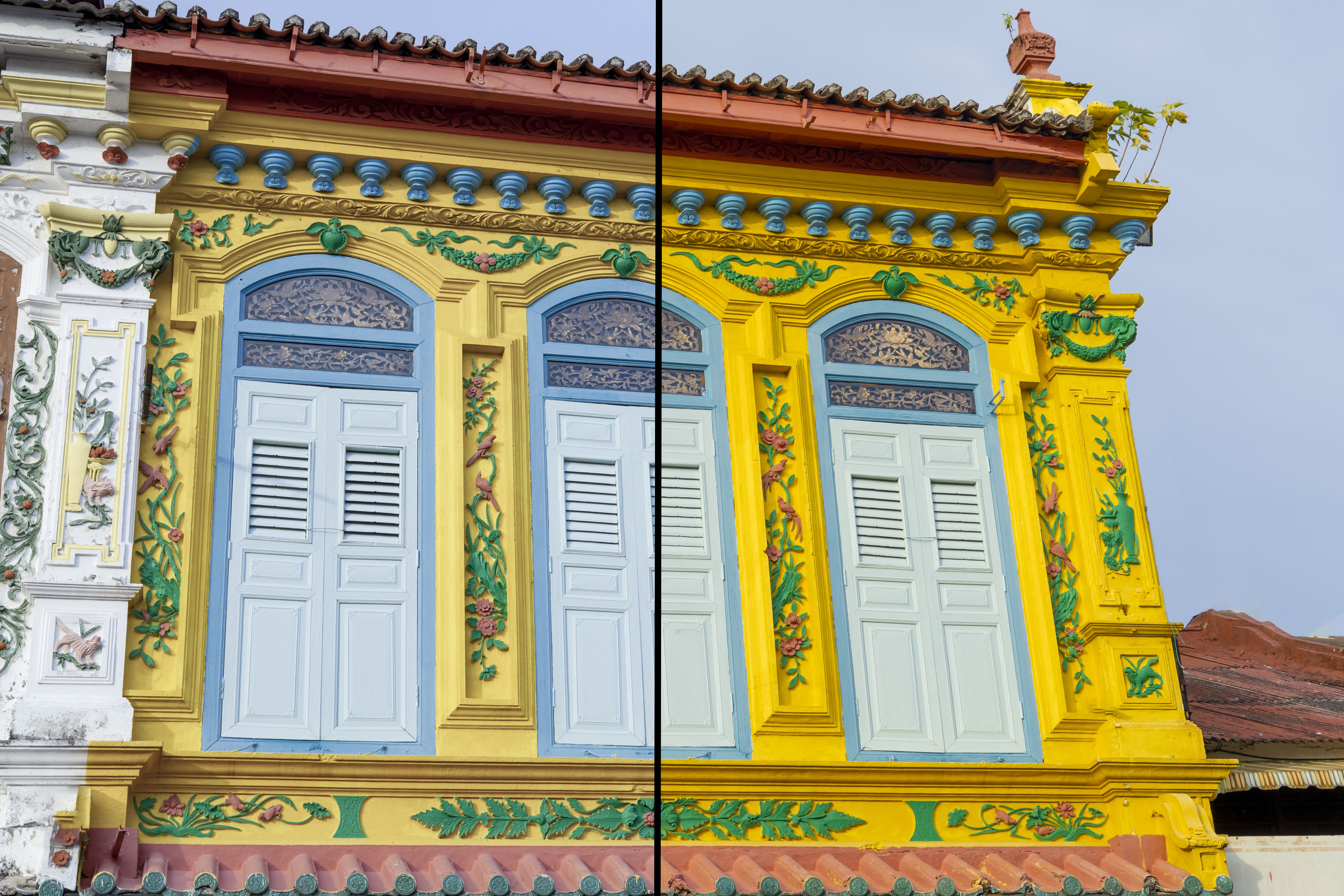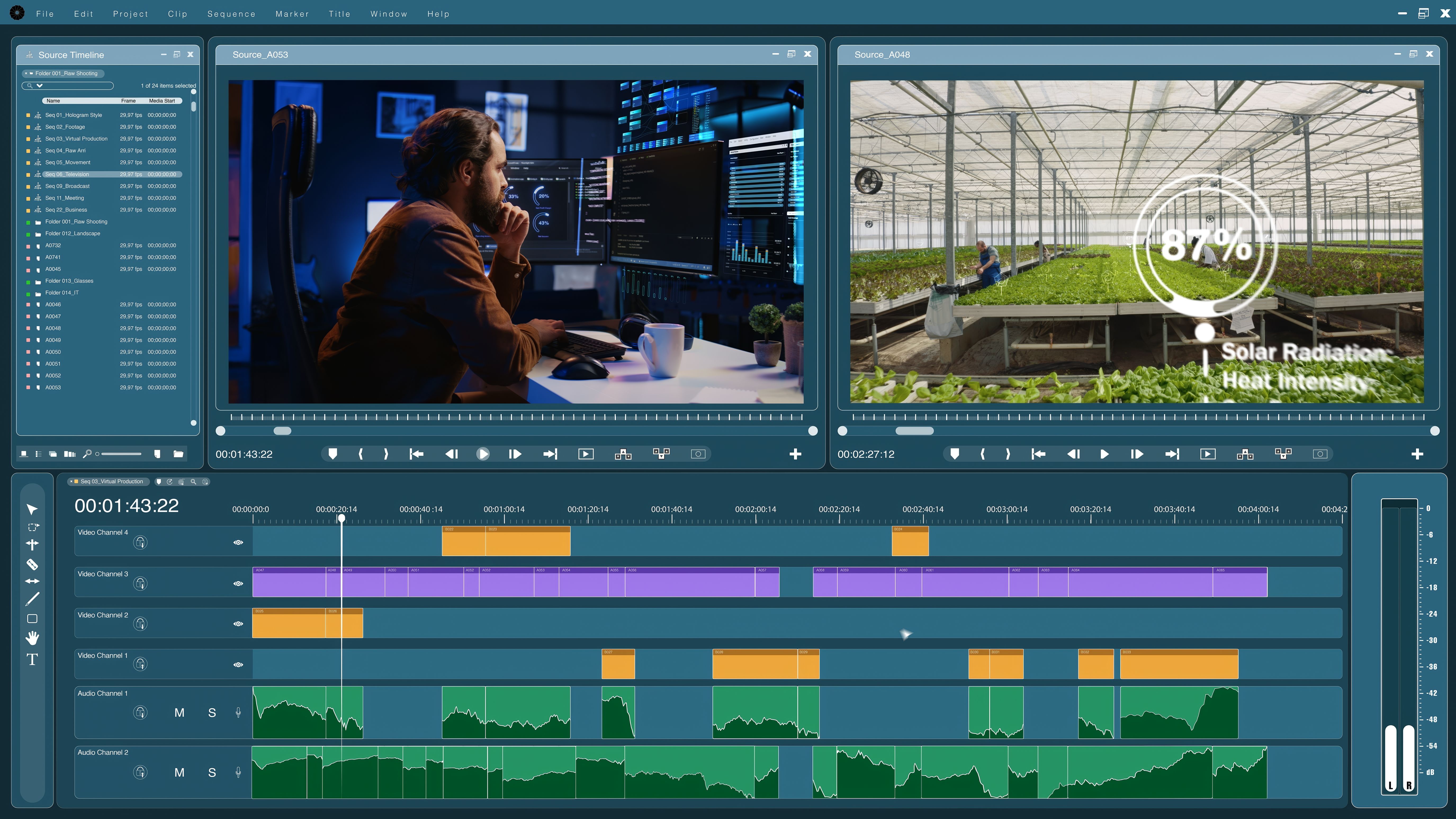Exploring Different Styles of Video Editing
Understanding the Basics of Video Editing
Video editing is a dynamic field that combines creativity and technical skills to tell compelling stories through visual media. Whether you're a beginner or a seasoned professional, understanding the different styles of video editing can enhance your projects and captivate your audience. Each style has its own unique characteristics and can be used to evoke different emotions or highlight specific aspects of a story.

Linear Editing
Linear editing is one of the most traditional forms of video editing. It involves cutting and arranging footage in a sequential manner. This style is often used in live broadcasts or when working with analog tapes. Although it's considered less flexible than modern digital editing methods, linear editing is still valued for its straightforward approach and historical significance in the evolution of video production.
Non-Linear Editing
In contrast to linear editing, non-linear editing allows editors to access any frame in a digital video clip regardless of the sequence in which it appears. This modern method is highly flexible and enables editors to make changes quickly without degrading the original file quality. Non-linear editing is widely used in film production, television, and online content creation due to its efficiency and versatility.

Exploring Creative Video Editing Styles
Montage Editing
Montage editing is a powerful technique used to compress time and convey complex information through a series of short shots. By juxtaposing images, editors can create new meanings and evoke strong emotional responses. This style is often employed in movie trailers, music videos, and commercials to engage viewers quickly and effectively.
Jump Cut Editing
The jump cut is a popular editing style characterized by the abrupt transition between shots. It breaks the continuity of time and space, creating a jarring effect that draws attention to the cut itself. Jump cuts are commonly used in vlogs and documentaries to maintain viewer interest and add a sense of urgency or realism to the narrative.

Stylistic Approaches to Enhance Storytelling
Match Cut Editing
Match cut editing is a technique that connects two shots with similar visual elements, creating a seamless transition. This style guides the audience's attention and reinforces thematic connections between scenes. Match cuts are often used in films to enhance storytelling by visually linking different parts of the narrative.
Cross-Cutting
Cross-cutting, also known as parallel editing, involves alternating between two or more scenes that occur simultaneously but in different locations. This style builds tension and suspense by allowing viewers to see multiple perspectives unfold at once. It's a popular technique in action films and thrillers, where it enhances the dramatic effect of converging storylines.

The Role of Special Effects in Video Editing
Special effects are often integrated into various styles of video editing to add an extra layer of visual interest. From CGI and color grading to slow motion and time-lapse, these effects can transform ordinary footage into extraordinary visual experiences. Understanding how to effectively incorporate special effects can greatly enhance the impact of your videos.
In conclusion, exploring different styles of video editing can significantly enhance your ability to craft captivating visual stories. By mastering these techniques, editors can create unique content that resonates with their audience and stands out in a competitive digital landscape.
